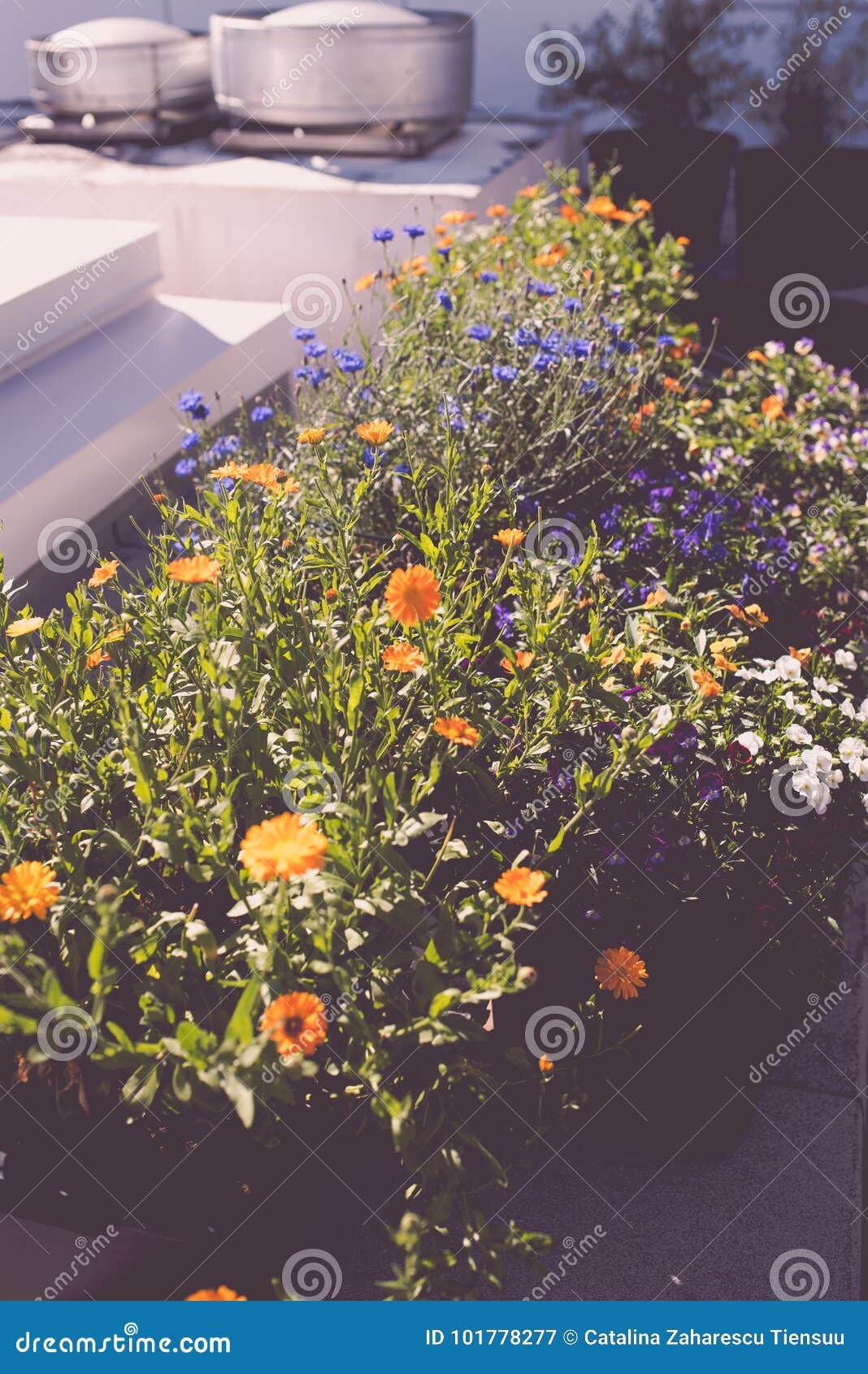Top Edible Flowers for Urban Gardens

Top Edible Flowers for Urban Gardens
Ever thought about adding a pop of color to your salads or desserts with edible flowers for urban gardens? Urban gardening is not just about growing fruits and veggies; you can also cultivate beautiful, edible blooms that are as delicious as they are visually appealing. Let's dive into the world of culinary flowers perfect for city gardens!
Why Grow Edible Flowers in Your Urban Garden?
Growing edible flowers is a fantastic way to maximize space in your urban garden. Not only do they look stunning, but they also attract beneficial pollinators like bees and butterflies. Plus, there's nothing quite like saying, "I grew that!" when you serve up a meal garnished with your own garden-to-table blooms.
Top Edible Flowers for Urban Gardens
Nasturtiums: The Classic Edible Flower
Nasturtiums are a staple in the world of edible flowers for urban gardens. They're easy to grow, even in small spaces, and their vibrant orange, red, and yellow blooms add a peppery kick to salads and sandwiches.
Borage: The Cucumber-Flavored Bloom
Borage is a fantastic choice for urban gardens. This herb produces beautiful star-shaped blue flowers that taste like cucumbers. They're perfect for adding a refreshing crunch to summer drinks and salads.
Calendula: The Versatile Marigold
Calendula, also known as pot marigold, is a versatile edible flower. Its petals have a slightly tangy flavor and can be used in salads, teas, or even as a natural food dye. Plus, calendula is known for its medicinal properties, making it a great all-around plant for city gardens.
Pansies and Violas: The Sweet Treats
Pansies and violas are sweet, mild-flavored flowers that come in a variety of colors. They're perfect for decorating cakes and desserts or adding a touch of elegance to salads.
Chive Blossoms: The Oniony Delight
Chive blossoms are a must-have in any urban gardener's culinary flower collection. These pom-pom-like purple flowers have a mild onion flavor that's great in salads, soups, and dips.
Growing Tips for Edible Flowers in Urban Gardens
Location, Location, Location
Just like with any plant, location is key. Most edible flowers prefer full sun, so choose a spot that gets at least 6 hours of sunlight a day. If you're short on space, many edible flowers grow well in pots or window boxes.
Soil Quality Matters
Edible flowers prefer well-draining soil rich in organic matter. If you're using pots, make sure they have good drainage to prevent root rot.
Water Wisely
Most edible flowers need consistent moisture. Water them regularly, but be careful not to overwater. A good rule of thumb is to water when the top inch of soil is dry.
Harvesting Edible Flowers
When to Harvest
The best time to harvest edible flowers is in the morning after the dew has evaporated. This is when they have the most flavor and are the most vibrant.
How to Harvest
Use scissors or your fingers to gently snip or pinch off the blooms. Make sure to leave some flowers on the plant to encourage more growth.
Storing Edible Flowers
Edible flowers are best used fresh, but if you need to store them, place them in an airtight container in the refrigerator. They should keep for up to a week.
Using Edible Flowers in the Kitchen
Salads and Sandwiches
Edible flowers are a great way to jazz up salads and sandwiches. They add a burst of color and flavor that's sure to impress.
Desserts and Drinks
Sweet-flavored flowers like pansies and roses are perfect for decorating cakes and desserts. You can also use them to make flavored syrups for drinks.
Soups and Stews
Heartier flowers like calendula and chive blossoms can be used in soups and stews to add depth of flavor.
Safety First: What You Need to Know Before Eating Flowers
Before you start munching on petals, there are a few safety tips to keep in mind. First, make sure you've correctly identified the flower. If you're unsure, check out this guide from the Farmer's Almanac.
Second, only eat flowers that have been grown organically. Flowers from florists or nurseries may have been treated with pesticides.
Lastly, introduce edible flowers into your diet gradually. Some people may have allergic reactions to certain flowers.
Conclusion
Growing edible flowers for urban gardens is a rewarding way to add beauty and flavor to your meals. Whether you're a seasoned urban gardener or just starting out, there's an edible bloom out there for you. So, what are you waiting for? Get planting and enjoy the fruits (and flowers) of your labor!
FAQs
Q: Are all flowers edible?
A: No, not all flowers are edible. Some flowers are poisonous, so it's important to do your research before consuming any flower.
Q: Can I eat the flowers from a florist?
A: It's not recommended. Flowers from florists may have been treated with pesticides or other chemicals. Stick to organically grown flowers.
Q: How do I know if I'm allergic to edible flowers?
A: Introduce edible flowers into your diet gradually. If you experience any adverse reactions, stop consuming them immediately and consult a healthcare professional.
Q: Can I grow edible flowers indoors?
A: Yes, many edible flowers can be grown indoors. Just make sure they get enough light and water.
Q: How do I store edible flowers?
A: Edible flowers are best used fresh, but they can be stored in an airtight container in the refrigerator for up to a week.
0 Response to " Top Edible Flowers for Urban Gardens"
Post a Comment